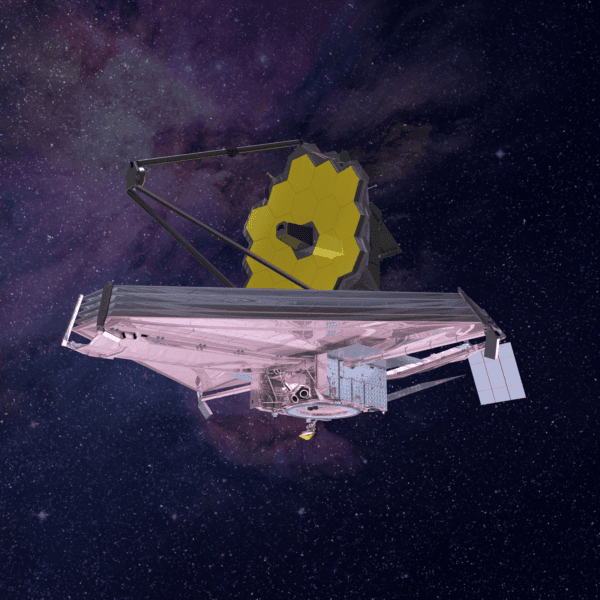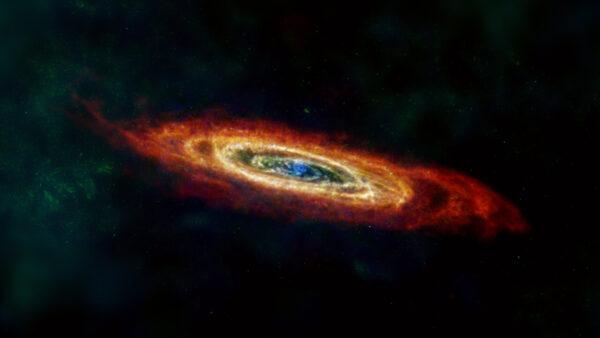The first images from a powerful space telescope developed with Canada’s participation are set to be released on July 12, providing a fresh look into the universe.
“This is the biggest, most complex space telescope that has ever been launched into space,” Canadian Space Agency (CSA) spokesperson Sarah Gallagher told The Epoch Times on July 11.
Gallagher said the NASA-led project was made possible through an international collaboration between the CSA and European Space Agency.
The first cosmic objects captured by the James Webb telescope are the Carina Nebula, the exoplanet WASP-96 b, the Southern Ring Nebula, galaxies of Stephan’s Quintet, and a galaxy cluster called SMACS 0723.
The first targets were chosen by a committee composed of members of the space agencies as well as from the Space Telescope Science Institute.
Gallagher says research teams are eagerly awaiting access to the resulting data and some have been writing research proposals “for years” in anticipation.
“It’s hard to overstate how excited people are,” she said.
She says the quality of the early images produced from the telescope is “beyond expectation.”
“It’s visually beautiful, it’s scientifically exciting. There are already new discoveries, which is so exciting, and this is just the littlest, teeniest first taste,” she says.

Canada’s Contribution
Canada contributed two elements to the telescope, including the Fine Guidance Sensor (FGS) and the Near-Infrared Imager and Slitless Spectograph (NIRISS). These were built by American multinational conglomerate Honeywell.The FGS allows the telescope to point and focus on objects, whereas the NIRISS is a scientific instrument for studying astronomical objects.
The Canadian Webb science team will be able to use up to 450 hours of observation time.
One team led by David Lafrenière from Université de Montréal will study the atmospheres of exoplanets. Another team led by Chris Willott from the National Research Council will study early galaxies and galaxy clusters.
Other smaller projects will split the remaining observation time to study phenomena like rogue planets and exozodiacal disks.
Hubble Successor
The James Webb telescope is the successor to the Hubble Space Telescope but makes a significant technological leap.Gallagher says Webb is “several generations removed from Hubble” due to its advanced technology.
Webb is not considered a Hubble replacement since its capabilities are not identical. Webb will primarily use infrared to peer at the universe, while Hubble mostly uses optical and ultraviolet wavelengths.
Webb has a much larger collecting area with its primary mirror measuring 6.5 metres in diameter, compared to Hubble’s 2.4-metre diameter.
Gallagher says Webb’s life expectancy is based on the amount of the propellant to maintain it in place, which is estimated at 10 years.






